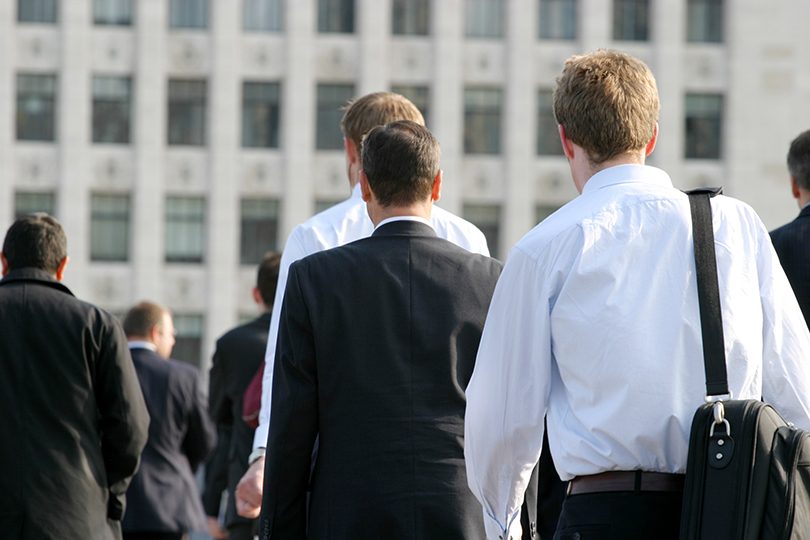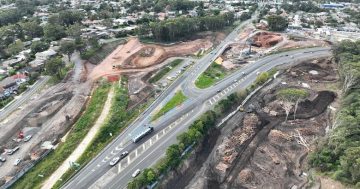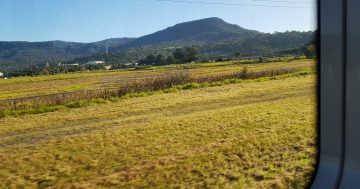
COVID-19 has seen a massive shift in behavior for commuters. Photo: iStock.
Illawarra workers have voted with their Opal cards and rejected the long rail commute to Sydney, according to the latest traffic travel figures.
Rail travel on the South Coast line to Sydney has dropped by 50 per cent compared to the pre-COVID average.
In 2019, the monthly average for train commutes between Bomaderry and Sydney was more than 800,000 trips. However, 16 months after COVID restrictions were lifted, the latest data from Transport for NSW shows a massive drop to just above 400,000 trips.
Regional Development Australia (RDA) CEO Debra Murphy said the data showed Illawarra workers and their employers were getting used to hybrid ways of working and were finding ways to deal with it.
“Smart employers are embracing the new world and enabling hybrid work arrangements,” Ms Murphy said.
“The daily commute to work, whether that be from Kiama to Wollongong or from the Illawarra into Sydney, was once a hated but necessary factor of life for people in this region if they wanted to secure their dream job.
“COVID proved that with the technology available today, it is no longer necessary for many workers to spend up to four hours of their day travelling to and from the office and they have found a new work-life balance.”
Ms Murphy said Wollongong was in a box seat to take advantage of this change in working arrangements, and was an attractive location to be regarded as a satellite site for new businesses.
“Why go to Parramatta when you can come to the coast?” she said
“It could mean Illawarra businesses have greater ability to employ locally, or large corporations could consider satellite regional sites for their businesses in order to reduce travel times.
“COVID changed the playing field and has shown both businesses and workers that there are many factors to be considered when it comes to accessing jobs and suitable employees.”
Road traffic data has also reduced on some of the region’s primary arterial roads, although not to the same extent as the drop in train travel, Ms Murphy said.
Aggregated data for traffic on Picton and Heathcote roads as well as Broughton St (near Camden) shows a 28 per cent drop in post-COVID average trips, from almost 700,000 in 2019 to just under 500,000 throughout 2022.
However, Picton Road still has one of the highest proportions of heavy vehicle use of any road in the country at 25 per cent, and Ms Murphy has repeated local calls for a significant investment in upgrading the road.
The undivided Picton Rd, predominantly single lane each way, carries 60 per cent of the traffic volume that the four-lane divided Hume Highway does – with a higher proportion of heavy vehicles.
Transport for NSW is undertaking planning and assessments to upgrade Picton Rd between the Nepean River and the M1 Princes Motorway, including the interchanges at the Hume Motorway and the M1 Princes Motorway.
In 2022 the former Federal Government announced more than $95 million in funding towards Picton Road upgrades and the Picton Bypass.
However, Ms Murphy said the 2023-24 budget delivered earlier this month stated the Albanese Government would undertake a 90-day independent review of the Infrastructure Investment Program, to ensure the projects it delivers were “nationally significant”.
The government said it would maintain its commitment to the 10-year $120 billion infrastructure, but the review would allow all levels of government time to consider the projects that are actual priorities, and assess their cost and deliverability in the current climate.
“If Picton Road continues as it is, accidents are waiting to happen,” Ms Murphy said. “There needs to be action on this road sooner rather than later.”











